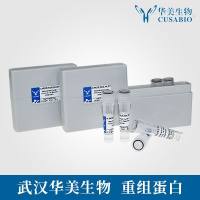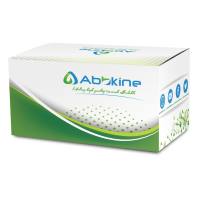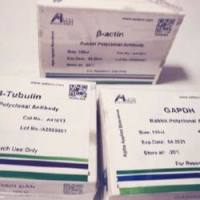Measurement of Phosphatidylinositol and Phosphatidylcholine Binding and Transfer Activity of the Lipid Transport Protein PITP
互联网
361
Mammalian cells have evolved proteins that can extract single lipids from membranes and sequester them in their hydrophobic cavity. These proteins, collectively known as lipid transport proteins, play essential roles in many aspects of lipid metabolism, lipid signaling, and membrane traffic. Phosphatidylinositol transfer proteins (α and β) are lipid transport proteins that specifically bind phosphatidylinositol or phosphatidylcholine in their hydrophobic cavity and facilitate their transfer from one membrane compartment to another. In addition, PITPβ can facilitate sphingomyelin transfer. This chapter describes methods to monitor the transfer and binding activity of PITPs using a variety of assays, including an assay that uses microsomes as a donor and liposomes as an acceptor of PtdIns. For phosphatidylcholine and sphingomyelin transfer, liposomes are used as a donor compartment and mitochondria as an acceptor compartment. A separate method describes the use of permeabilized cells as a source of donor lipids and liposomes as an acceptor membrane. In addition to lipid transfer, methods to identify the lipids that occupy the hydrophobic cavity of PITPs are discussed.









